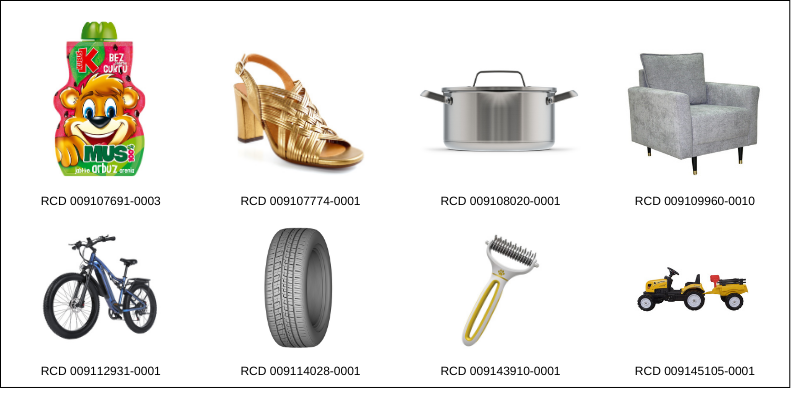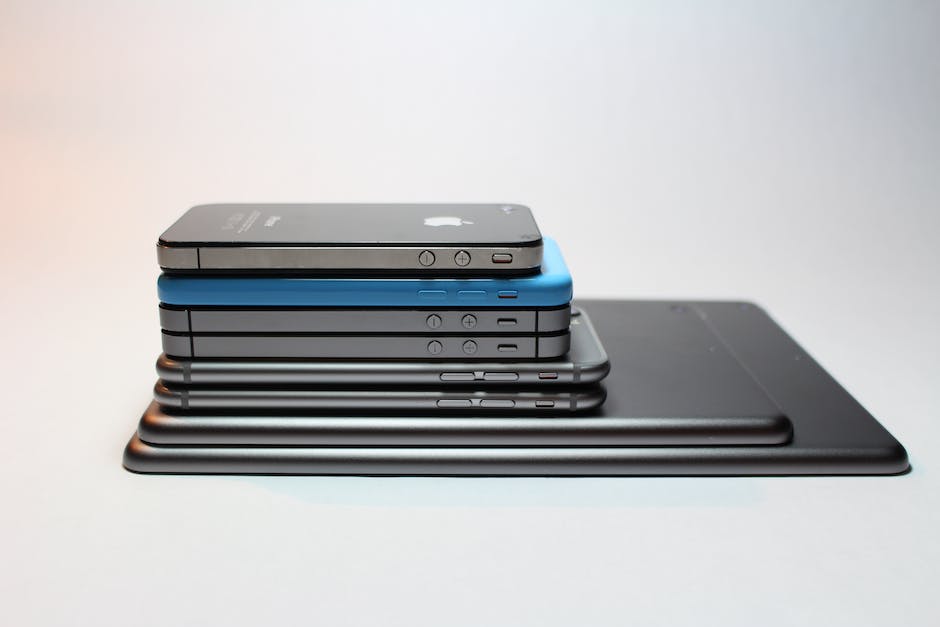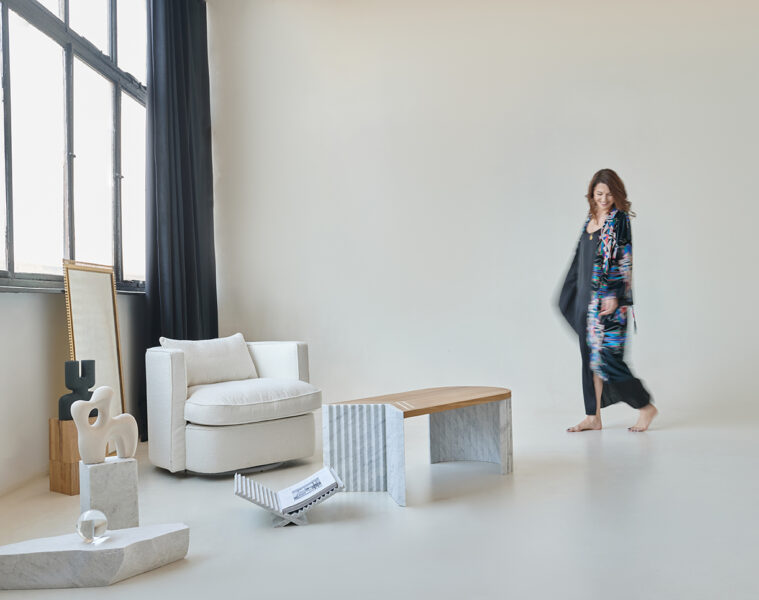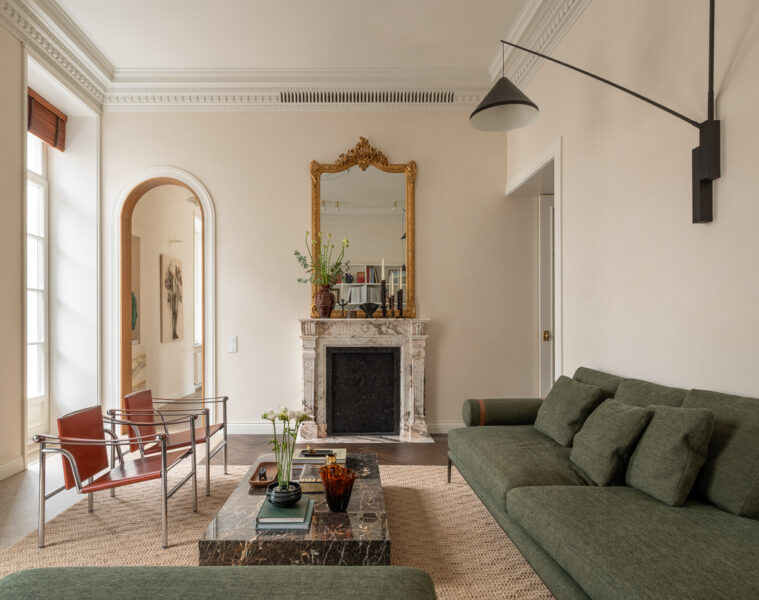Registering industrial designs, because that’s what it’s all about, can bring surprisingly many benefits to a company. It gives you an official monopoly on making money from an object. And this, in turn, gives you the opportunity to control how it is used on the market. Put simply, you will be able to fight against unfair competition that copies you much more easily. In this article, I will provide you with the most important information on this subject
What is an industrial design under the law?
In the simplest terms, it is a dedicated legal tool to protect modern design, i.e. the design of objects. Since an attractive design increases sales and becomes a competitive advantage, it can and should be registered in your favour. Anything that falls within the design deficit has a chance of obtaining a protection certificate
In practice, entrepreneurs most often reserve clothes, toys, furniture or packaging in this form

See also
Where do you register industrial designs?
To obtain design protection, an application must be filed with a national or international office. In Poland, the Patent Office of the Republic of Poland is responsible for this. As for international registration, it can be done by filing an application with the European Union Intellectual Property Office (EUIPO) or the World Intellectual Property Organisation (WIPO)
Entrepreneurs often opt for EU protection (we are then talking about a Community design). With such an application, their product is protected in all EU member states. The fee for protection of one design is €350 and the protection lasts for 5 years (extendable to 25 years). You can file an unlimited number of designs in one application, in which case the fees for subsequent designs will be lower
What requirements does an industrial design have to fulfil?
An industrial design must meet two main criteria to obtain legal protection. Firstly, it must be new, meaning that it has not been disclosed in identical form before. Secondly, it must have an individual character, i.e. it should be different from other designs available on the market on the filing date
Remember, however, that the examiner does not check these requirements at the application stage. From a formal point of view, virtually any design will be protected (designs depicting or promoting, for example, violence, discrimination on grounds of sex, race, religion or belief, disability or sexual orientation will be rejected)
The statutory grounds for registration are only verified at the dispute stage. A competitor who is attacked by the design owner may attempt to invalidate such a right as a defence. However, it will be incumbent on him to provide evidence that similar products were already present on the market
Novelty relief for the applicant
The idea in this rule is that once you have made your product available to the public then you have 12 months to apply for registration. The implication of this is that the law gives you this time in order to test whether customers like such a product. However, you cannot wait too long before deciding on formal protection
After this time, you will still be protected (the expert does not verify novelty at the application stage), but in a dispute, your competitors can invalidate your registration. Of course, only if they find evidence of disclosure
What is the most common mistake made when registering?
A common mistake made by applicants is an inaccurate graphic representation of the design. It can lead to a misinterpretation of the scope of protection and to the rejection of the application by the examiner. It is worth remembering that an industrial design is protected as a whole and not only as individual components. Therefore, each element of the design, as well as their arrangement, is relevant for its protection
The use of a patent attorney can be very helpful in the application process. A patent attorney not only has knowledge of the procedures but also has experience in what to do to make such a registration protect you in the strongest possible way. This can be achieved, for example, by filing several varieties of designs

Why register your design?
Registering the appearance of your product provides strong legal protection and allows you to be effective against unfair competition that copies you. Below you will find the main advantages of this type of strategy to protect your products
- You gain a formal legal monopoly
Registering a design provides the owner with the exclusive right to use it commercially. This means that no one else can legally use the design without their permission. If someone gets too close to our products, we are entitled to a number of claims
- Easy and quick blocking of counterfeits, e.g. on Allegro or Amazon
With a registered design you can easily remove fraudulent offers on sales platforms. All you have to do is fill in an application form and attach the protection certificate, and an employee of the portal will remove the indicated auction within a few hours. These types of sites do not want to be associated with listings that infringe intellectual property, i.e. market counterfeit goods
- Increase in goodwill
A registered design increases the value of a company, which can attract investors and affect business growth. When selling or licensing a design, registering it increases its attractiveness to potential buyers or licensees. This is because it shows that we are protecting what is our competitive advantage
- Easier to enforce your rights in court
Once we have gone through the whole procedure, we receive a registration certificate. This is something like a notarial deed. In practice, this reverses the burden of proof. We can easily demonstrate with this document that we have a monopoly on the sale of the products in question. A competitor may try to contest this, but the onus is on him to invalidate such a right. E.g. on the basis that the novelty requirement is not met. For this, he has to provide sufficient evidence. A person with a registered design is in a stronger position from the outset
- Long term of protection
The owner has the right to protect his/her design for up to 25 years from the filing date. This is particularly important if the design is a business-critical element. This is no small amount of time because tastes and fashion change. Usually what was attractive 10 or 15 years ago is not today. Often, therefore, design owners do not protect them for that long
- The company’s position in the market
An attractive design is a non-price advantage over the competition. The latter, seeing that an attractive furniture collection is selling well, may try to get closer to it with their products. However, officially announcing the protection granted will scare most such people away. Knowing that they could get into trouble for this, they will not dare to create a copy or anything similar at all. This is why, according to studies, companies that protect their intellectual property tend to have 20% more revenue
Sponsored article




























